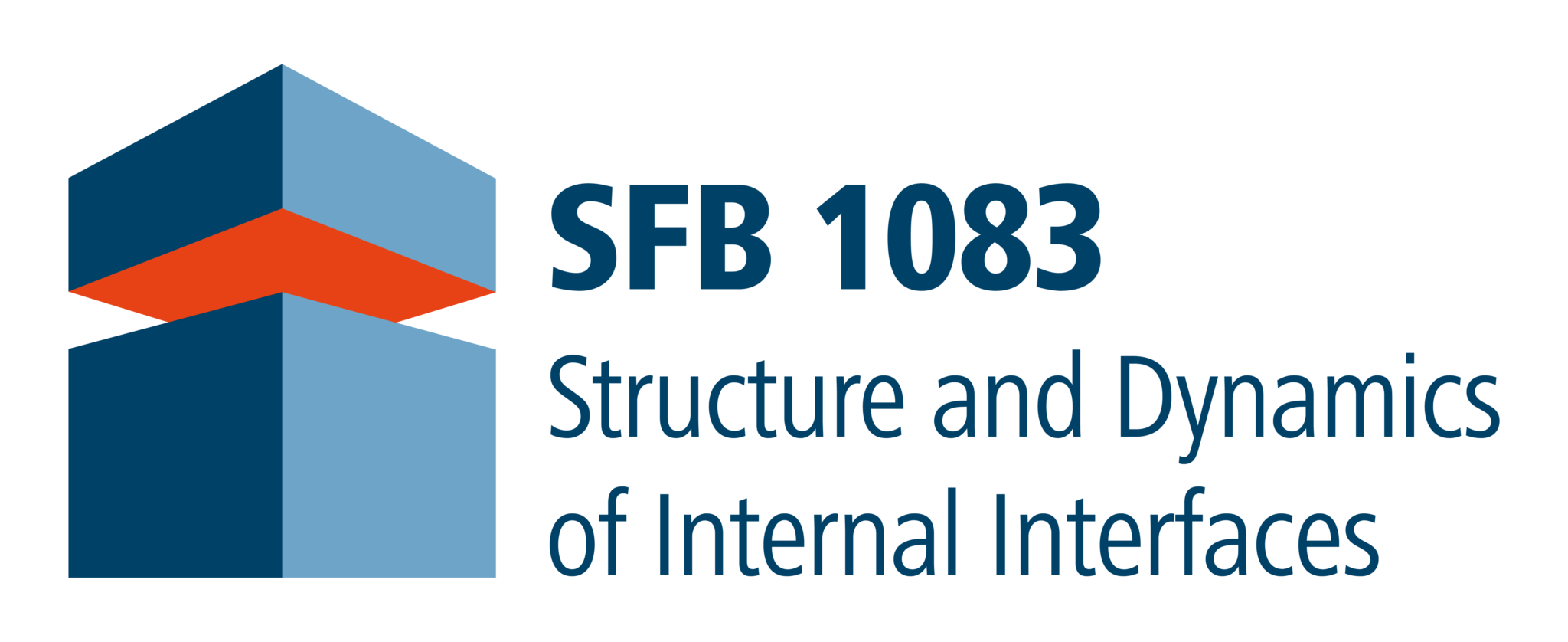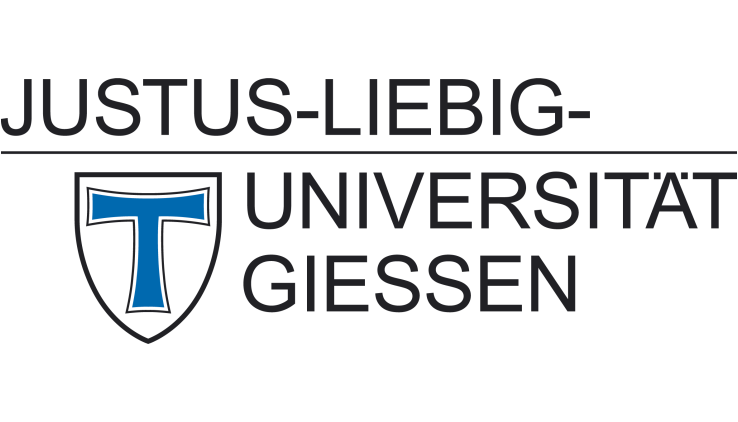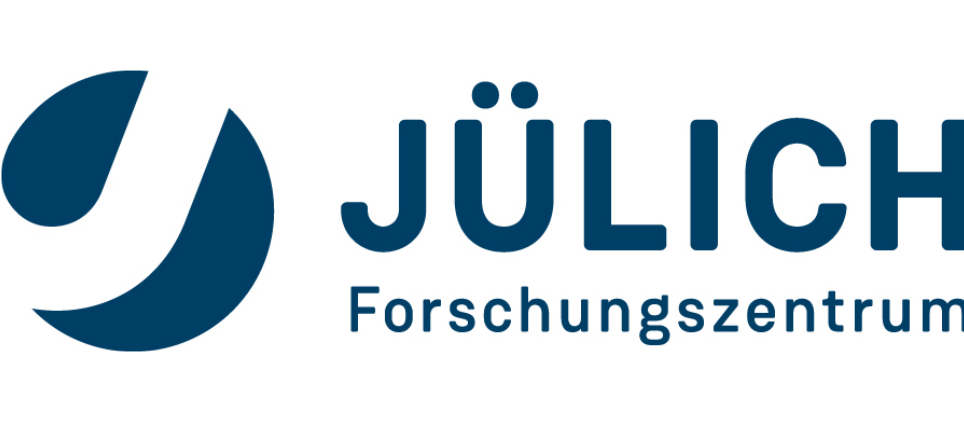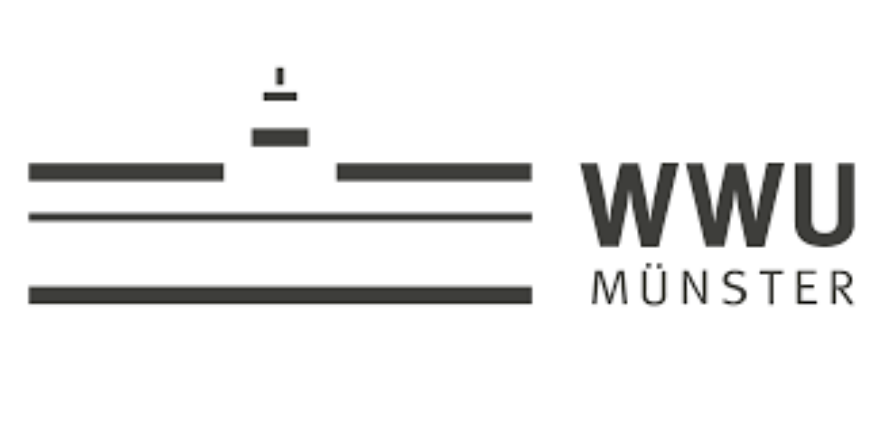Template-controlled on-surface synthesis of a lanthanide supernaphthalocyanine and its open-chain polycyanine counterpart
Q. Fan, J.-N. Luy, M. Liebold, K. Greulich, M. Zugermeier, J. Sundermeyer, R. Tonner, J.M. Gottfried
Nature Communication 10 (2019) 5049
Phthalocyanines possess unique optical and electronic properties and thus are widely used in (opto)electronic devices, coatings, photodynamic therapy, etc. Extending the π-conjugation of phthalocyanine dyes, while synthetically challenging, has the potential to produce desirable new molecular materials.
On-surface synthesis is a versatile complement to chemical synthesis in solution. The reactions are typically performed on solid surfaces under clean vacuum conditions. This approach is especially advantageous for reactants and products of low solubility. Hence, on-surface synthesis is applied to obtain low-dimensional materials, such as 1D polymers and 2D covalent organic frameworks.
Surfaces influence reactions in multiple ways by affecting the rates at which bonds are formed and broken, by favoring certain reaction outcomes or, e.g., confining the reaction to two dimensions. This knowledge provides an additional means to control the outcome of a reaction: choosing a surface with the right composition and structure can steer the reaction in a way that the desired product is obtained.

The strategy: coordination template synthesis on a metal surface.
The authors previously used the popular surface Ullmann reaction to make shape-persistent macrocycles including honeycombenes and cycloarenes with different sizes and topologies. As the formation of macrocycles (rings) persistently competes with the formation of polymer chains, Qitang Fan and his colleagues developed a novel coordination template synthesis on surfaces to guide the formation of macrocycles. This synthesis is not based on the Ullmann reaction, but works with nitrile groups.

Scanning tunneling microscopic images of the reaction product topology.
It is well-known in surface coordination chemistry that metal atoms with different sizes may coordinate different numbers of functional nitrile groups by acting simultaneously as catalyst and template. In their template the authors for the first time chose lanthanide metal atoms, which in solution chemistry react with dicarbonitriles to form bulky bis(phthalocyaninato) double-decker complexes.
Based on their ideas, the authors selected a naphthalenedicarbonitrile precursor on a silver (111) surface. With gadolinium (Gd) as the template metal, a superphthalocyanine formed, the first of its kind without uranium as the metal center. In a next step, the silver surface itself was used as a virtually infinite template. In this way, polycyanine chains, which can be considered the open-chain counterparts of the cyclic phthalocyanine and superphthalocyanine complexes, developed. These polycyanine chains provide an intriguing model for an organic semiconducting polymer with an absorption band in the visible range.

Orbitals: Lowest unoccupied molecular orbitals of Fe-NPc and Gd-SNPc, lowest unoccupied crystal orbital of polycyanine, from density-functional theory calculation.






